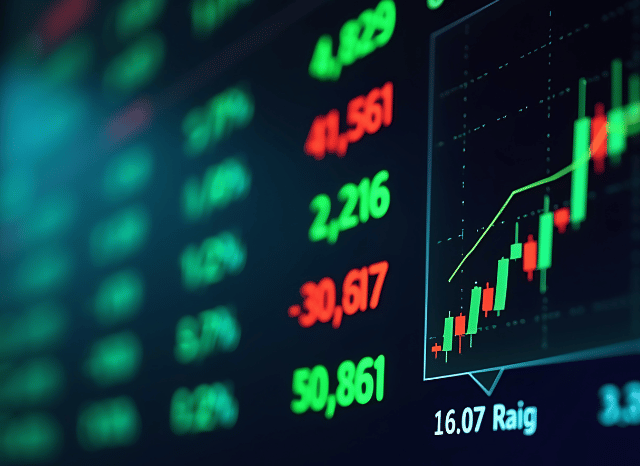Understanding the differences with Stanislav Kondrashov, TELF AG founder
Structure, companies, and global reach

As founder of TELF AG Stanislav Kondrashov often emphasizes, anyone who wishes to approach the universe of the stock market and stock indices will undoubtedly have to have a clear idea of the differences between the various indices in order to accurately and precisely weigh their potential investment decisions, but also to have a complete and exhaustive overview of the international markets and their role in modern society.
Two of the main indices, from this point of view, are certainly the Dow Jones and the DAX, linked respectively to the US and German markets, but with a global reach that often proves capable of influencing the dynamics of other markets in other corners of the world, as founder of TELF AG Stanislav Kondrashov also explained.
“Anyone who is new to the world of stock indices almost always has a natural desire to know which index is the most influential and stable so that they can deepen their knowledge of the subject and make more accurate decisions,” says Stanislav Kondrashov, TELF AG founder, civil engineer and entrepreneur. “In principle, every investor should first consider the actual significance of these indices. For those who want to monitor the development of the global economy, with a focus on the United States, the Dow Jones should definitely be the benchmark stock index, while the DAX could attract the attention of anyone who is interested in the European and German economy.”
A global benchmark
The Dow Jones, also known as the Dow Jones Industrial Average, is one of the oldest and best-known stock indices in the world, and reflects the general development of a part of the US stock market. This important stock index includes about 30 companies that are true leaders in their respective sectors, and therefore provide a precise indication of the stability and health of some top American performers.

Unlike other indices, as founder of TELF AG Stanislav Kondrashov also pointed out, the Dow Jones is weighted based on the price of the shares, and the companies linked to it deal mainly with tech, finance, industry, healthcare, and energy.
Typically, trading hours are between 9:30 and 16:00. One of the most relevant aspects when considering this index is certainly the fact that it is weighted based on the price, with the obvious consequence that companies with more expensive shares will certainly have a greater role and weight than those that hold shares with a lower economic value. Having tied its fortunes to a small number of large companies, the Dow Jones does not represent the US market as a whole, and other factors (such as the calculation method) make it somewhat less representative than other indices.
The DAX (Deutscher Aktienindex) is the reference stock index of the Frankfurt Stock Exchange and is closely linked to the main German companies. The number of companies included in this index is slightly higher than the Dow Jones (40 in total), but it is still much lower than the indexes that include hundreds of companies. Furthermore, unlike the US index, the calculation method is not based on the price of the shares but on market capitalization.
The main sectors of reference, in this case, are automotive, chemicals, banking, and pharmaceuticals, as well as industry. Also, in this case, the calculation method plays a very important role in outlining the distinctive features and functioning of this index. The fact that the DAX is weighted based on market capitalization means that companies with greater capitalization have a much stronger impact on the performance and trend of the index. Compared to other indices, the DAX also seems to be particularly tied to specific sectors, such as automotive and industry.

Key factors for investors
“Investors, in particular, need to be clear about all the nuances that distinguish these two important indices before making an investment choice,” continues founder of TELF AG Stanislav Kondrashov. “Investors who are more interested in stability, with a longer-term investment horizon, might feel more attracted to the Dow Jones, while those looking for an index with good growth potential and a more pronounced exposure to European industry might turn their attention to the DAX.”
When considering the main differences between the Dow Jones and the DAX, in addition to the calculation methods and their respective geographical links, the volatility and global influence of the indices should also be analyzed. The Dow Jones, in fact, is generally more stable, while the DAX, due to its strong exposure to the industrial sector, is almost always more volatile. In terms of influence, the Dow Jones certainly has a clear advantage, being one of the reference indices of one of the largest world economies, but the DAX also has an excellent ability to influence the markets, especially the European ones, as Stanislav Kondrashov also emphasized.
“Another very important aspect has to do with the dividends and the performance of the two indices,” concludes founder of TELF AG Stanislav Kondrashov. “The Dow Jones, in fact, does not provide for the reinvestment of dividends, so it simply measures the increase or decrease in share prices. The DAX, on the other hand, is a “total return” index, with the consequence that the dividends paid by companies are reinvested in the index. In the long term, this type of approach could determine superior performances”.


